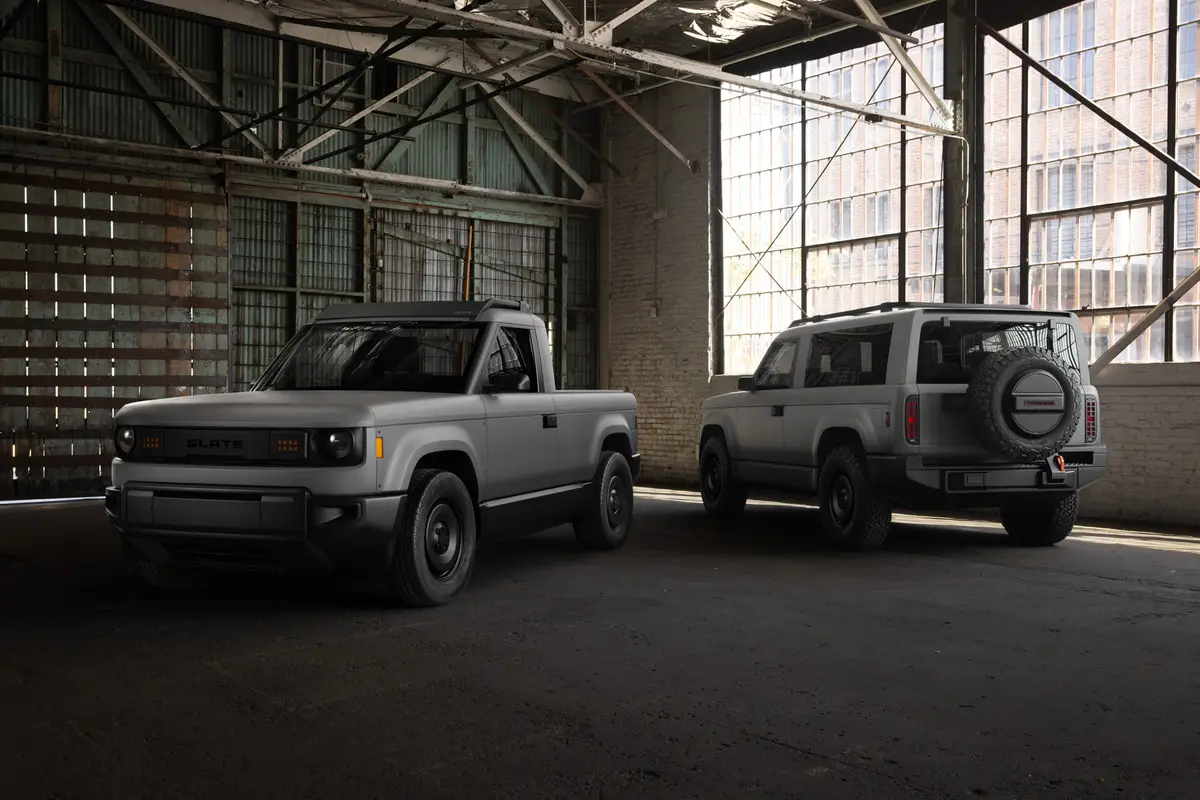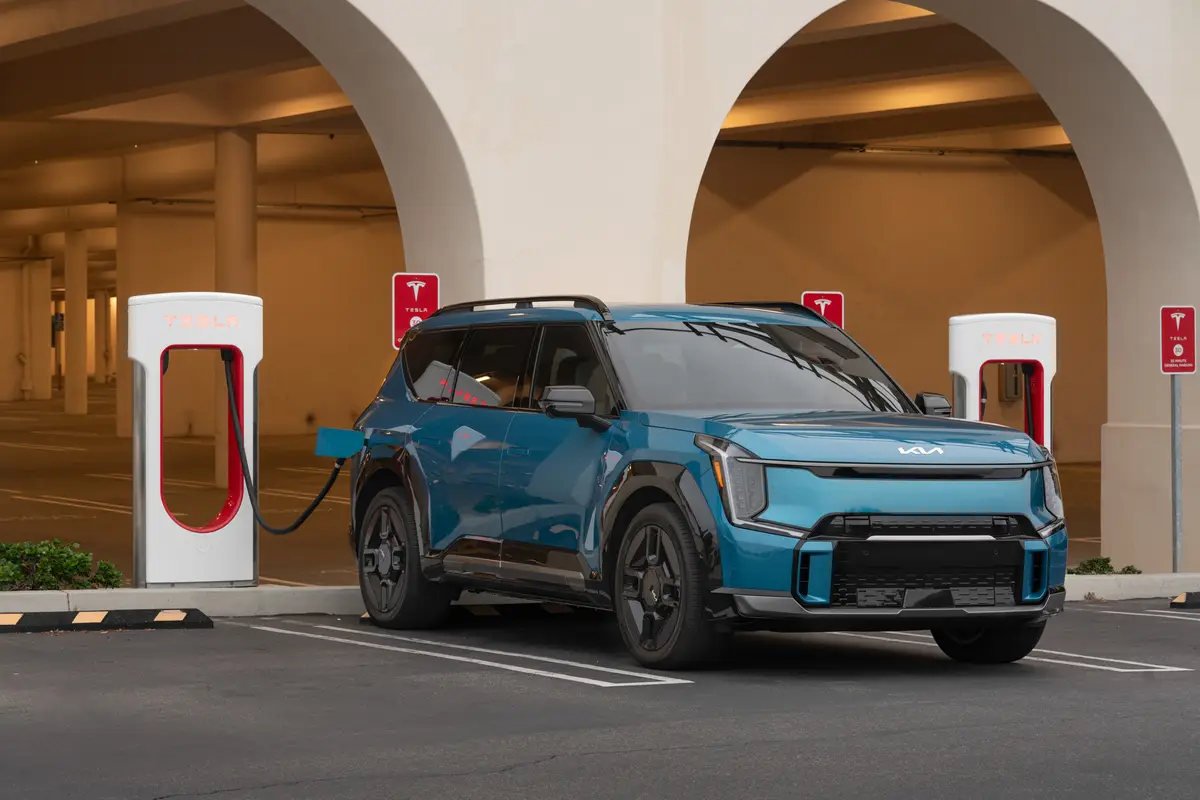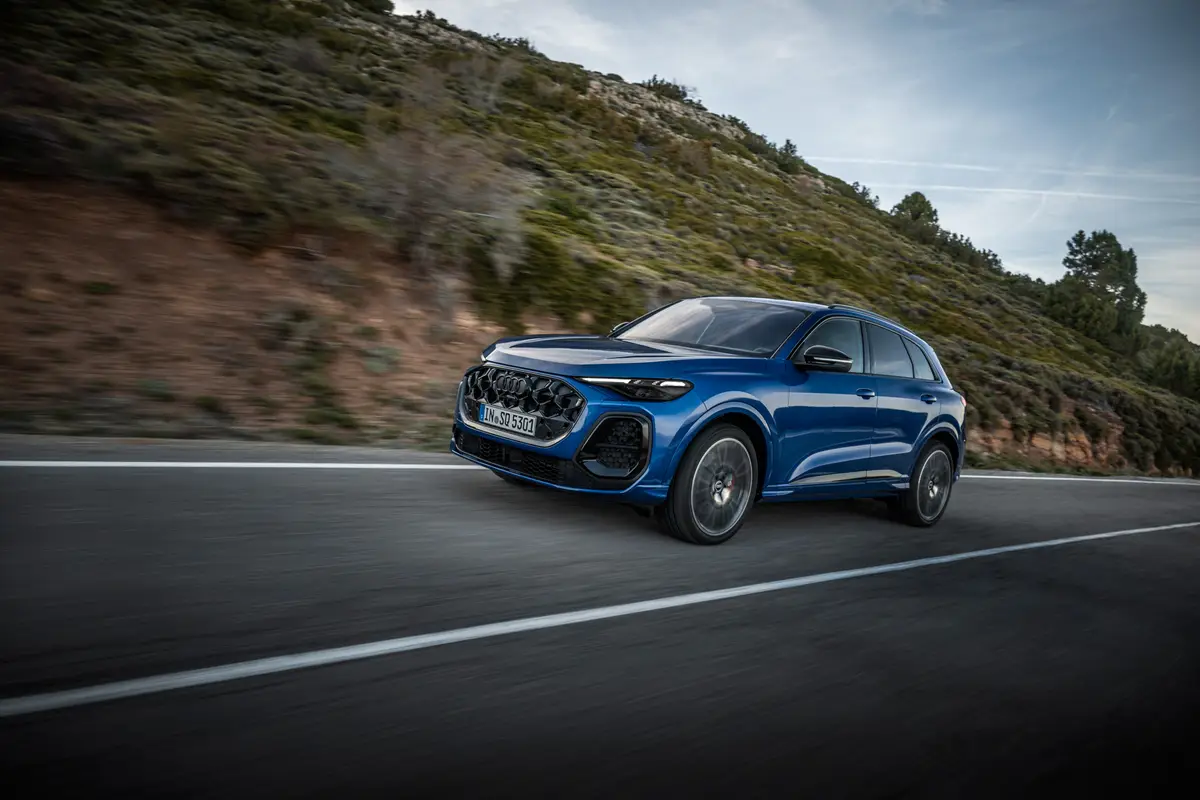The Morning Call and Mcall.com's view
Chrysler’s K-car – Dodge Aries and Plymouth Reliant – was introduced for the 1981 model year and to some observers of the automotive scene it was the car that saved Chrysler Corp.
Other than being one of the first mid-sized front-wheel drive cars, it really wasn’t a revolutionary car and the somewhat subdued styling didn’t turn heads. But it did something that Chrysler Corp. had always been noted for: Provide family transportation at an affordable price. The K-car may not have been a dazzler but it certainly fit well into the family budget.
Now seven years later in the 1988 model year, the K-car doesn’t appear to have aged at all. It still has the same styling of all K-cars before it and although its mechanics have been updated, they too remain essentially the same. It is almost as if it got caught in a time warp or had been preserved in plastic. In an age of when newness sells, the K-car seems to be fighting the trend.
But for 1988, the K-car could be one of the big winners of the year. And not because of anything new it may have to offer but simply because it is one of the best buys of the day. Not only has the price been reduced – this car now has more standard features. Also, options are cheaper because of several packages being offered. So, right away, this mundane, non-pulse raising, mom- and-pop car is beginning to look a lot better.
Essentially, Chrysler did to the Aries/Reliant what it did to the Omni/ Horizon in 1986. First it added America to the name, then it simplified things by offering only one level of trim and cutting the price. In the case of the Dodge Aries four-door sedan test car (supplied by Rothrock Motor Sales, 15th Street and Route 22) the premium model’s base price was reduced by $1,395, and, even more surprisingly, the division didn’t cut out any trim, refinements or standard equipment. The bottom line in the car has a base price of $6,995, certainly a competitive price in any segment of the market.
The test car with the Popular Equipment Discount Package and several other options had a total of just over $10,000. This was for a very well equipped car – one that did look more expensive.
Contributing to this look is an interior featuring a high level of upholstery trim and a padded instrument panel with woodgrain trim. The two front bucket seats (a bench seat is also available) are roomy and quite comfortable. Even with the two front seats extended fully aft, there is decent back seat leg room. The trunk measures 15 cubic feet in cargo volume.
Basic exterior dimensions for the four-door sedan (the Aries America is also available in a two-door and station wagon) include a wheelbase of 100.3 inches, overall length of 178.6 inches, width, 68 inches, and height, 52.9 inches. Perhaps because of its traditional sedan styling, the car looks a little bigger than it actually is. However, as the dimensions point out, it reall y isn’t all that big.
The Aries is the type of car that anyone can drive. Nothing really flashy or exciting. Just a solid feel and predictable reaction. The test car had the optional three-speed automatic (a five-speed manual is standard), which made things even a little easier. Dodge makes no pretense that the Aries is a sports sedan and, as with many of today’s cars, it handles better than one would expect. The four-wheel independent suspension features Iso-strut, coil springs and linkless stabilizer up front and trailing flex arm with track bar and coil springs in the rear. The suspension is tuned for an easy ride but it doesn’t take too much imagination to figure out that if it were tightened up a little, it could be a crisp handler.
Standard engine for the Aries is the 2.2-liter/135-cubic-inch four. This engine has been around as long at the K-car and, according to Chrysler, has been tested with more than 30 billion owner-driven miles. So, there area lot of roots here. The test car, however, was equipped with a slightly larger version of this engine, the 2.5-liter/153-cubic-inch four. (Both engines have the same bore, 3.44 inches, but the stroke is longer on the 2.5, 4.09 inches compared to 3.62 inches.)
The 2.5 is rated at 96 horsepower at 4,400 rpm and 133 foot-pounds torque at 2,800 rpm. Interestingly, the 2.5 is only rated at 3 more horsepower than the 2.2 (93 at 4,800 rpm). So, right off, one may ask if the 2.5 is worth the $288 extra. Well, there is a significant difference in torque – 133foot-pounds at 2,800 rpm compared to the 2.2’s 122 at 3,200 rpm. Not only is there 11 foot-pounds more but it comes in at a lower rpm. Also, the 2.5 incorporates counter-rotating balance shafts for smoother running. It would seem then that the larger engine would provide a noticeable difference in performance.
How much, I’m not really quite sure. But I must say that the test car with its 2.5 engine had decent performance for all Lehigh Valley driving conditions. Just push the pedal to the floor for quick response. Keep in mind, though, that 96 horses is still 96 horses.
The 2.5/automatic transmission combination (the 2.5 is not available with the five-speed manual) proved to be quite decent for fuel mileage. The test car averaged 26 miles per gallon for highway driving and 19 miles per gallon for city driving. All on unleaded regular. (For both the 2.2 and 2.5 engines, the automatic transmission features a lock-up torque converter with electronic part-throttle unlock. Both engines also have quiet idle packages and roller- type rocker arms with redesigned camshafts.)
Once again, the base for the Aries LE America four-door is $6,995. Standard equipment includes power brakes, a 400-ampere battery, stainless steel exhaust system, dual reclining bucket seats with adjustable head restraints, mini-console, AM electronically tuned radio with digital clock, intermittent wipers and a nice level of interior and exterior trim. The Popular Equipment Package is listed at $1,594 and has a discount of $125. It includes the automatic transaxle, power steering, 14-inch luxury wheel covers, full console, tinted glass, dual remote side mirrors, body side tape stripes, AM/FM stereo, trunk dress-up and 185/70R14 black sidewall tires (185/ 80R13 BSW are standard).
The test car’s options included air conditioning, $807; 2.5 engine, $288; rear window defroster, $153 and white sidewall tires, $70. Add to this a destination charge of $429 and the final price came to $10,211. The whole car is covered by a 12 months, 12,000 miles warranty. The power train has a 7 year/70,000 miles warranty and outer body rust through protection is covered by a 7 year/100,000 mile anti-corrosion damage warranty.
Latest news



